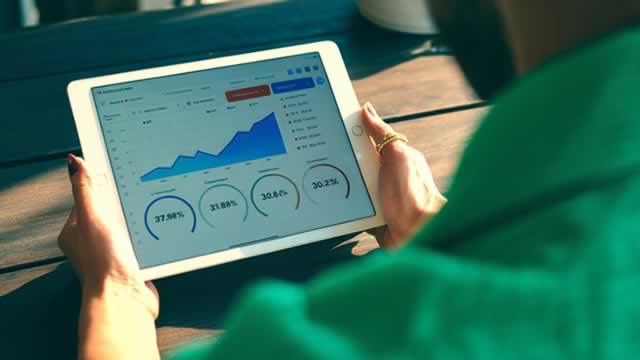
FUTU
Futu Holdings Limited
$169.66
0.06
(0.04%)
| Exchange: | |
| Market Cap: | 23.621B |
| Shares Outstanding: | 97.71M |
About The Company
| Sector: | Financial Services | |||||
| Industry: | Financial – Capital Markets | |||||
| CEO: | Hua Li | |||||
| Full Time Employees: | 3343 | |||||
| Address: |
|
|||||
| Website: | https://www.futuholdings.com |
Futu Holdings Limited provides digitalized securities brokerage and wealth management product distribution service in Hong Kong and internationally. It offers online financial services, including securities and derivative trades brokerage, margin financing and fund distribution services through its Futubull and Moomoo digital platforms. The company also provides financial information and online community services; online wealth management services under the Money Plus brand name through its Futubull and moomoo platforms, which provides its client access to mutual funds, private funds, bonds, structured products, and other wealth management products; market data and information services; and NiuNiu Community, which serves as an open forum for users and clients to share insights, ask questions, and exchange ideas. Futu Holdings Limited was founded in 2007 and is headquartered in Admiralty, Hong Kong.
Click to read more…
Revenue Segmentation
EPS
Earnings Call
Income Statement
(* All numbers are in thousands)
Balance Sheet
(* All numbers are in thousands)
Cash Flow Statement
(* All numbers are in thousands)
Analyst Estimates
(* All numbers are in thousands)







